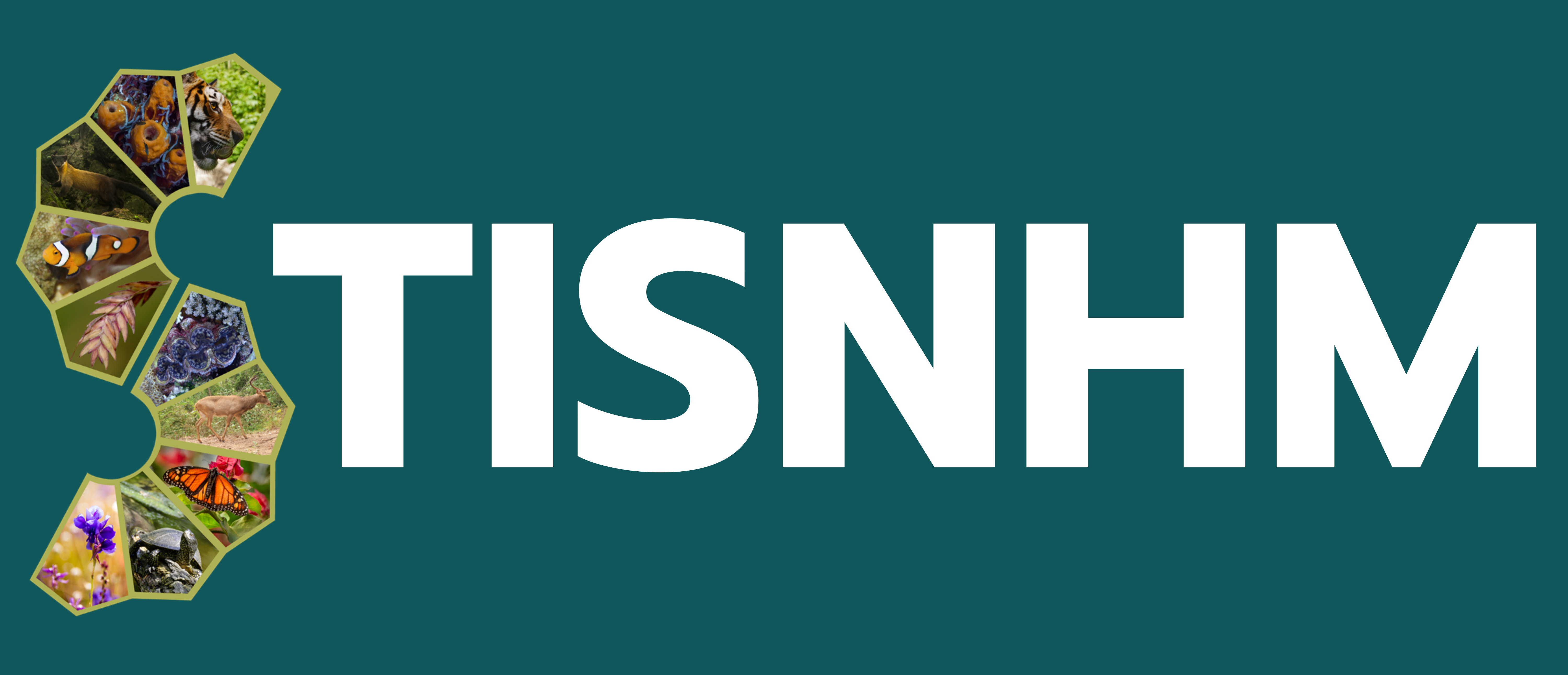- 39 views
Abstract
Antioxidant agents play a pivotal role in the treatment of diseases and wound healing. The biennial plant, Launaea sarmentosa (Willd.) Sch. Bip. ex Kuntze, from the Asteraceae, possesses essential phenolic compounds such as flavonoids and polyphenols. Historically, this plant has demonstrated significant healing properties for various wounds, including those caused by itching, infection, blisters, and conditions like herpes zoster. Given its potential therapeutic benefits, this study sought to evaluate the crude extracts of L. sarmentosa for their antioxidant, antibacterial, and anti-inflammatory properties. Leaves harvested during both rainy and summer seasons from Phuket Province, Thailand were subjected to extraction using five solvents: hexane, ethyl acetate, ethanol, methanol, and distilled water. Total phenolics analysis indicated that the distilled water solvent yielded the highest concentrations, with values of 55.689+0.452 mg GAE/g and 95.740+0.484 mg GAE/g dry weight for the rainy and summer samples, respectively. Similarly, total flavonoid contents were highest in these extracts, with values of 205.566+0.782 mg QUE/g and 266.550+4.059 mg QUE/g dry weight. Antioxidant activities were evaluated using the DPPH scavenging test, with the methanol extracts displaying the most potent activity, possessing IC50 values of 0.057+1.355 mg/mL (rainy season) and 0.050+3.044 mg/mL (summer season). These results underscore the potential of L. sarmentosa as a key ingredient for the formulation of hydrogel wound healing patches.
Attachment
References
Boateng, S.J., H.K. Matthews, N.EH. Stevens and M.G. Eccleston. 2008. Wound healing dressings and drug delivery systems: a review. Pharmaceutical Sciences 97(8): 2892– 2923.
Frykberg, R.G. and J. Banks. 2015. Challenges in the treatment of chronic wounds. Advances in Wound Care 4 (9): 560–582.
Gurtner, G. C., S. Werner, Y. Barrandon and M.T. Longaker. 2008. Wound repair and regeneration. Nature 453 (7193): 314–321.
Ministry of Public Health. 2023. Standard Report Group Cause of illness/death. Downloaded from https://hdcservice.moph.go.th/hdc/main/index.php on 1 December 2023.
Nguyen, T.Q.C., T.D. Binh, R. Kusunoki, T.L.A. Pham, Y. D.H. Nguyen, T.T. Nguyen, K. Kanaori and K. Kamei. 2020. Effects of Launaea sarmentosa Extract on Lipopolysaccharide-Induced inflammation via suppression of NF-κB/MAPK signaling and Nrf2 ativation. Nutrients 12(9): 2586. https://doi.org/10.3390/nu12092586
Pinelo, M., L. Manzocco, M.J. Nuñez and M.C. Nicoli. 2004. Solvent effect on quercetin antioxidant activity. Food Chemistry 88(2): 201–207.
Phowichit, S., P. Ratanachamnong, U. Matsathit and W. Ussawawongaraya. 2019. Antioxidant activity, phenolic and flavonoid constituents of crude extracts from Piper ribesioides and zanthoxylum limonella traditional herbal medicine in Northern Thailand. Journal of Applied Research on Science and Technology 18: 25–39.
Prapasanobol, V. and S. Kaewsrasan. 2012. Biological antioxidant activity and total phenolics of Launaea sarmentosa leaves crude extracts. The Science Journal of Phetchaburi Rajabhat University 9(1): 12–19. (in Thai)
Raju, G.S., M. M. RahmanMoghal, M. S. Hossain, M. M. Hassan, M. M. Billah, S. K. Ahamed and SM. M. Rana. 2014. Assessment of pharmacological activities of two medicinal plant of Bangladesh: Launaea sarmentosa and Aegialitis rotundifolia roxb in the management of pain, pyrexia and inflammation. Biological Research 47: 55. https:// doi.org/10.1186/0717-6287-47-55
Santos-Sánchez, N.F., R. Salas-Coronado, C. Villanueva-Cañongo and B. Hernández-Carlos. 2019. ‘Antioxidant compounds and their antioxidant mechanism’ in Shalaby E. Antioxidants. IntechOpen, London UK. 418 pp.
Sara, A., R. Jamshid and Z. Hossein. 2016. Flavonoids, anthocyanins, phenolics and essential oil produced in cumin (Cuminum cyminum L.) accessions under different irrigation regimes. Industrial Crops and Products 8: 49-55.
Shakir, S.K., S. Irfan, B. Akhtar, S.U. Rehman, M.K. Daud, N. Taimur and A. Azizullah. 2018. Pesticide-induced oxidative stress and antioxidant responses in tomato (Solanum lycopersicum) seedlings. Ecotoxicology 27: 919–935.
Shubhangi, K., R.S. Jadhav and S.R. Vikhe. 2022. Phytochemical and Pharmacological Activities of Launaea sarmentosa: A Review. Research Journal of Pharmacognosy and Phytochemistry 14(2). DOI: 10.52711/0975-4385.2022.00025.
SubUdompol, B. and P. Phuwaplaisirisal. 2008. Chemical Components from Launaea sarmentosa. The 1st Research Conference of Phetchaburi Rajabhat University. Phetchaburi Rajabhat University, Thailand, pp. (in Thai)
Tosun, M., S. Ercisli, M. Sengul, H. Ozer, T. Polat and F. Satil. 2009. Antioxidant properties and total phenolic content of eight Salvia species from Turkey. Biological Research 42(2): 175-181.
Tran, D.Q., A.C. Pham, T.T.T. Nguyen, T.C. Vo, H.D. Vu, G.T. Ho and S.M. Mohsin. 2024. Growth, physiological, and biochemical responses of a medicinal plant Launaea sarmentosa to salinity. Horticulturae 10(4): 388. https://doi.org/10.3390/horticulturae10040388
Vanhakylä, S. and J-P. Salminen. 2023. Seasonal variation in plant polyphenols and related bioactivities across three years in ten tree species as visualized by mass spectrometric fingerprint mapping. Molecules 28 (16): 6093. https://doi.org/10.3390/molecules28166093
Wolfe, K., X. Wu and R.H. Liu. 2003. Antioxidant activity of apple peels. Journal of Agricultural and Food Chemistry 51: 609–614.
